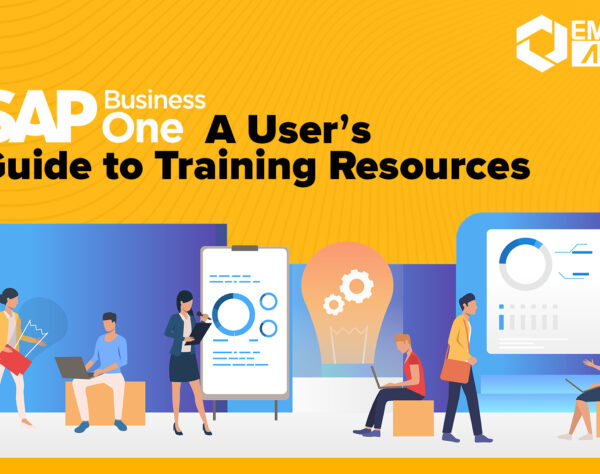
Decoding SAP B1 Pricing: A Smart Buyer’s Guide

SAP Business One Pricing: Your Roadmap to Efficiency
SAP Business One, often abbreviated as SAP B1, is a powerful enterprise resource planning (ERP) system designed specifically for small and medium-sized businesses (SMBs). It offers a wide range of features to streamline business processes and boost productivity. However, one critical aspect that potential SAP B1 customers often want to understand better is the pricing structure of this ERP system. In this blog post, we will delve into the reasons why SAP B1 customers are keen on comprehending the pricing structure and how it can impact their business decisions.
1. Budget Planning and Cost Control
Implementing an ERP system like SAP B1 is a significant investment for any SMB. To ensure the financial stability of their business, customers need to have a clear understanding of the pricing structure. This knowledge enables them to plan their budget effectively and manage costs associated with SAP B1 implementation, customization, and ongoing support.
2. Tailoring Solutions to Specific Needs
Every business is unique, and so are their requirements. SAP Business One offers various modules and add-ons that cater to different business needs. Understanding the pricing structure allows customers to select the components that align with their specific needs and avoid unnecessary expenses on features they won’t use. This customization helps optimize their investment in SAP B1.
3. Scalability and Growth
SMBs aspire to grow, and SAP B1 is designed to accommodate that growth. Customers need to grasp how the pricing structure scales as their business expands. Having this insight ensures that they can seamlessly integrate additional users, locations, or functionalities without encountering unexpected costs, allowing for smooth and uninterrupted growth.
4. Total Cost of Ownership (TCO) Assessment
While the initial costs of SAP B1 are crucial, customers also want to understand the TCO over the long term. This includes factors like licensing fees, maintenance, upgrades, and support. By knowing the pricing structure comprehensively, businesses can make informed decisions regarding the sustainability of SAP B1 in their operations.
5. Competitive Analysis
In today’s competitive business landscape, it’s essential to benchmark your investments. Knowing the pricing structure of SAP B1 allows customers to compare it with other ERP solutions on the market. This analysis can help them determine if SAP B1 provides the best value for their money and if it aligns with their business goals.
6. ROI Calculation
Return on Investment (ROI) is a key metric for any business decision. Understanding the pricing structure enables customers to calculate the potential ROI of implementing SAP B1. They can assess how long it will take to recoup their investment and start benefiting from increased efficiency and productivity.
In conclusion, the pricing structure of SAP Business One (SAP B1) plays a pivotal role in the decision-making process for SMBs. It influences budget planning, customization, scalability, TCO assessment, competitive analysis, and ROI calculation. Businesses that take the time to thoroughly understand the pricing structure can make informed choices that align with their specific needs and long-term growth objectives. To harness the full potential of SAP B1, it’s crucial for customers to be well-informed about its pricing structure from the outset.
Join the ranks of the inquisitive – Delve into captivating content on our website and uncover more than you ever imagined!
Want to speak to an expert? Fill in the form below, and we will be in touch with you shortly!







